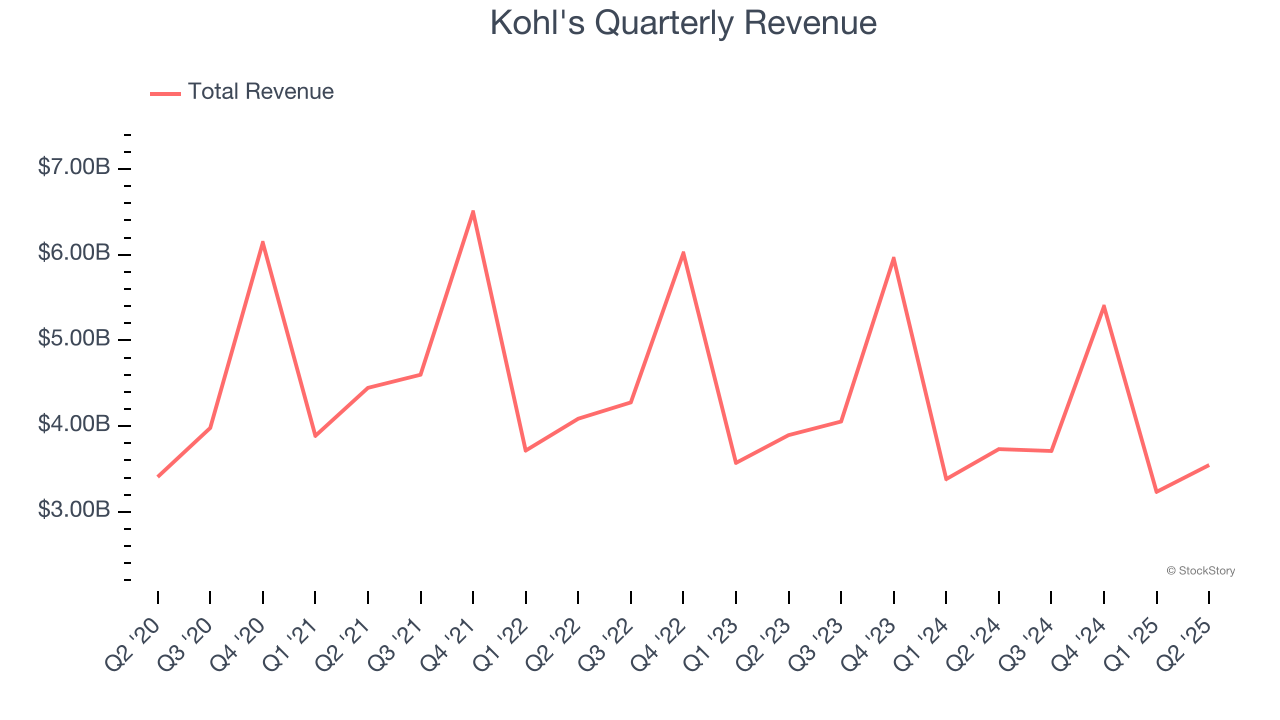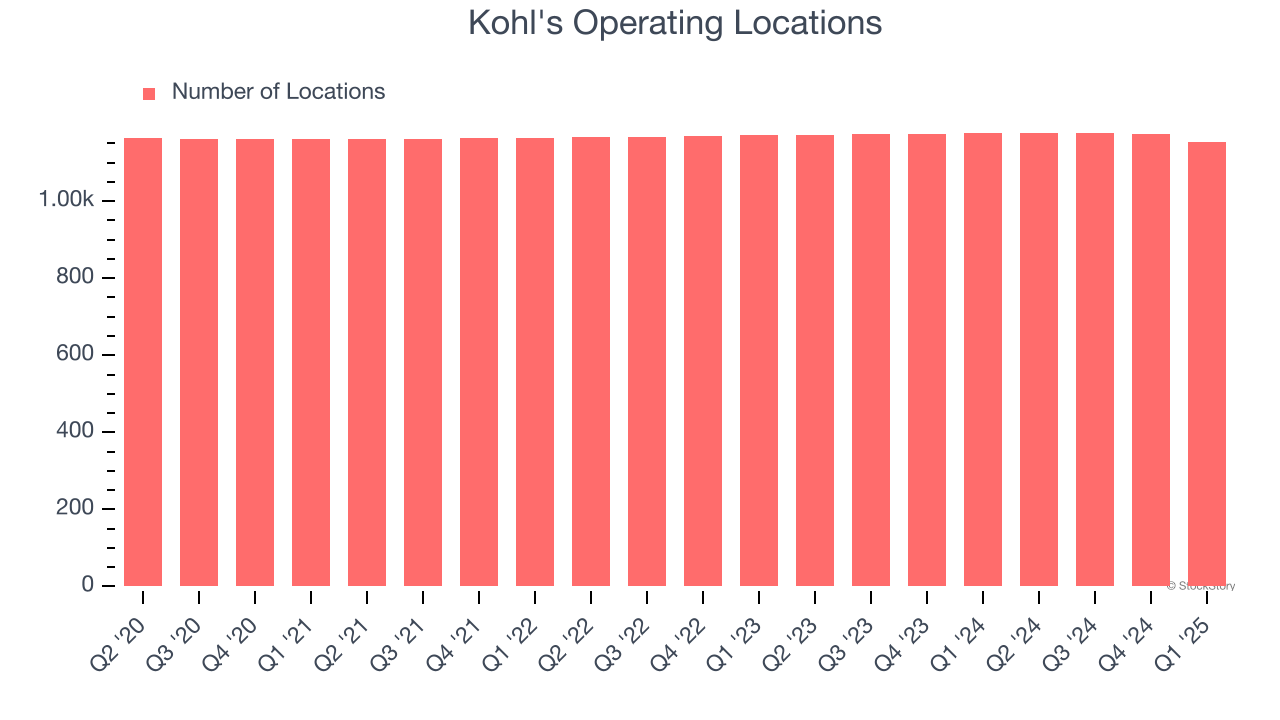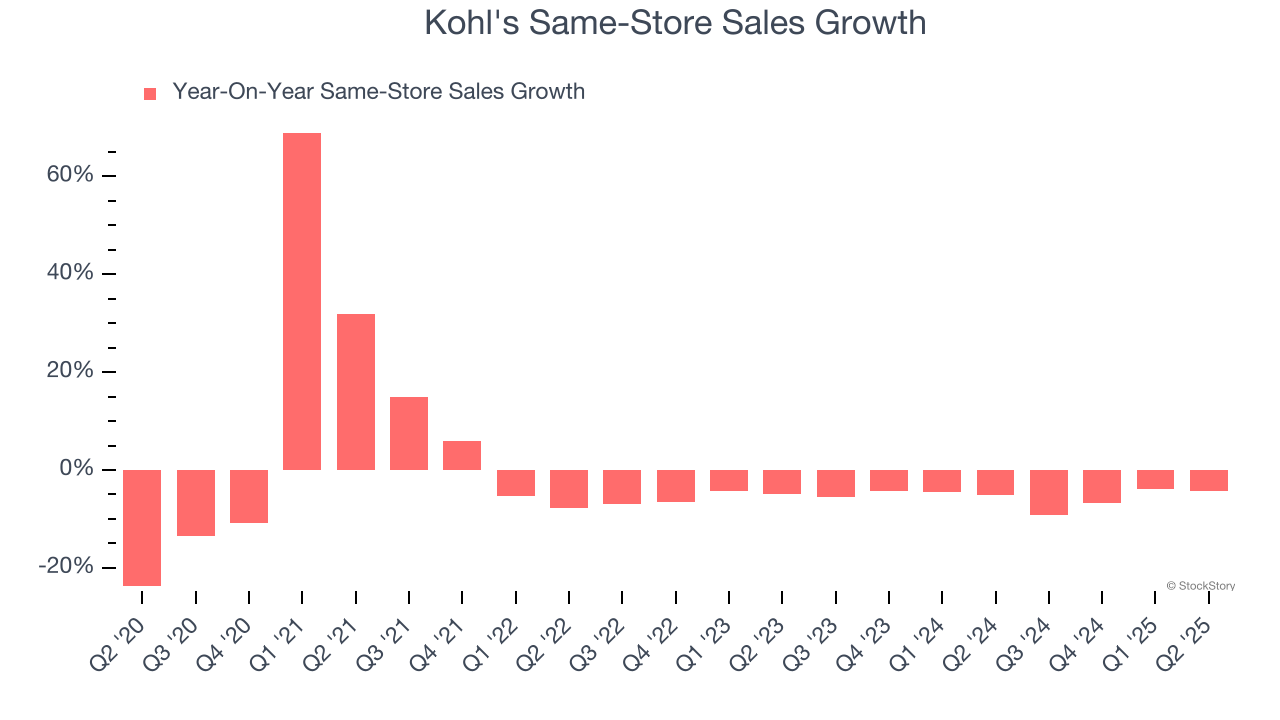Financial News
More News
View More
Datavault AI's Swiss Exchange Is Reshaping Its Future
Today 8:14 EDT
Warner Bros. Bidding War Potential: How High Could WBD Shares Go?
October 23, 2025
Analysts Eye 30% Upside in Netflix After Q3 Earnings Crash
October 23, 2025
O’Reilly Automotive’s Stock Price Uptrend Will Continue in 2026
October 23, 2025
Recent Quotes
View More
Stock Quote API & Stock News API supplied by www.cloudquote.io
Quotes delayed at least 20 minutes.
By accessing this page, you agree to the Privacy Policy and Terms Of Service.
Quotes delayed at least 20 minutes.
By accessing this page, you agree to the Privacy Policy and Terms Of Service.
© 2025 FinancialContent. All rights reserved.












